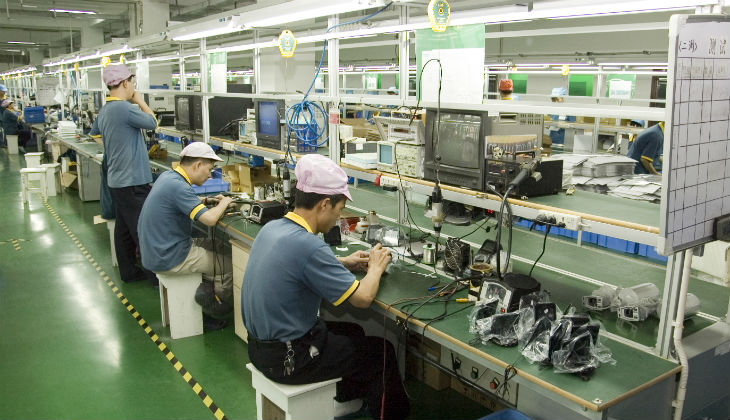Minimum wages in China 2018-19
By China Briefing | Wednesday, 02 Jan 2019Minimum wages in China continue to grow. Through the first 11 months of 2018, 15 provinces, directly-controlled municipalities, and autonomous regions have increased their minimum wages: Beijing, Guangdong, Guangxi, Hainan, Henan, Jiangsu, Jiangxi, Liaoning, Shandong, Shanghai, Shenzhen, Sichuan, Tibet, Xinjiang, and Yunnan. One more region – Chongqing – has already announced its wage increase for 2019.
Understanding regional variation
Local governments in China are required to update their minimum wages at least every few years but have the flexibility to adjust wages according to local conditions.
Most provinces set different classes of minimum wage levels for different areas depending on the given region’s level of development and cost of living. For example, a higher class for the provincial capital and the most developed cities, and a lower class for smaller cities and rural areas.
In 2018, Guangdong, Jiangsu, and Shandong – three of China’s wealthiest coastal provinces – were among the provinces that increased their minimum wages. While Jiangsu and Shandong also increased their minimum wages last year, Guangdong is notable because it is the first time in three years that it has done so.
Although Guangdong is China’s wealthiest province by GDP, the province had previously frozen wage hikes in an attempt to strengthen its competitiveness.
Guangdong – commonly referred to as the factory of the world – has a heavily manufacturing-driven economy, but rising land and labor costs in recent years allowed Southeast Asian countries like Vietnam and Indonesia to emerge as competitors.
Nevertheless, leading cities in Guangdong – along with Jiangsu – have now surpassed the RMB 2,000 (US$287.62) mark for monthly minimum wages, joining the ranks of Beijing, Shanghai, Shenzhen, Tianjin, and certain areas of Zhejiang.
These increases have exacerbated regional disparities, with minimum wages in the most developed regions more than double those in the least developed. Shanghai continues to have the highest minimum wage in China, at RMB 2,420 (US$348.02) per month, followed by Shenzhen (RMB 2,200/US$316.38) and Beijing (RMB 2,120/US$304.87).
At the lowest end, the minimum wage in certain areas of Guangxi province is RMB 1,000 (US$143.81), with rural areas in Liaoning (RMB 1,120/US$161.07), Hunan (RMB 1,130/US$162.5), and Anhui (RMB 1,150/US$165.38) slightly higher.
Impact on China’s labour costs
Minimum wages only tell part of the story of labour costs in China. As China’s economy moves up the value-chain and transitions to innovation and services, most workers employed by foreign-invested enterprises earn above the minimum wage.
For example, workers in Beijing made an average of RMB 8,467 (US$1,217.62) per month through the first half of 2018 – about four times the local minimum wage. Moreover, employer social insurance and housing fund obligations add an additional 37.25 percent to an employee’s salary on average.
This is partly explained by China’s labour pool which, while enormous, is gradually shrinking. After peaking at 787.07 million in 2015, last year China’s labor pool shrunk to 786.74 million.
This trend is exacerbated in China’s wealthy coastal regions – the traditional hotbed for foreign investment and manufacturing – which migrant workers are leaving in favor of inland China. According to the National Bureau of Statistics, in 2016 the migrant worker population in coastal provinces fell by 0.3 percent, while that of Western provinces grew by 5.3 percent.
For foreign investors, rising wages are an unavoidable feature of doing business in China.
Nevertheless, when other factors like productivity, infrastructure, transportation costs, and access to a massive domestic market are considered, China may still emerge as the more cost-efficient option compared to countries with lower statutory labor costs.
When comparing locations for foreign investment into China, minimum wages are a helpful barometer to gauge labor costs across different regions. From there, identifying industry-specific wage levels, availability of talent, and access to regional incentives offer a more nuanced view of ultimate labor costs within a given region.
Click here to view the full report.

 Rising attrition shows employers that they need to get career plans, pay right
Rising attrition shows employers that they need to get career plans, pay right